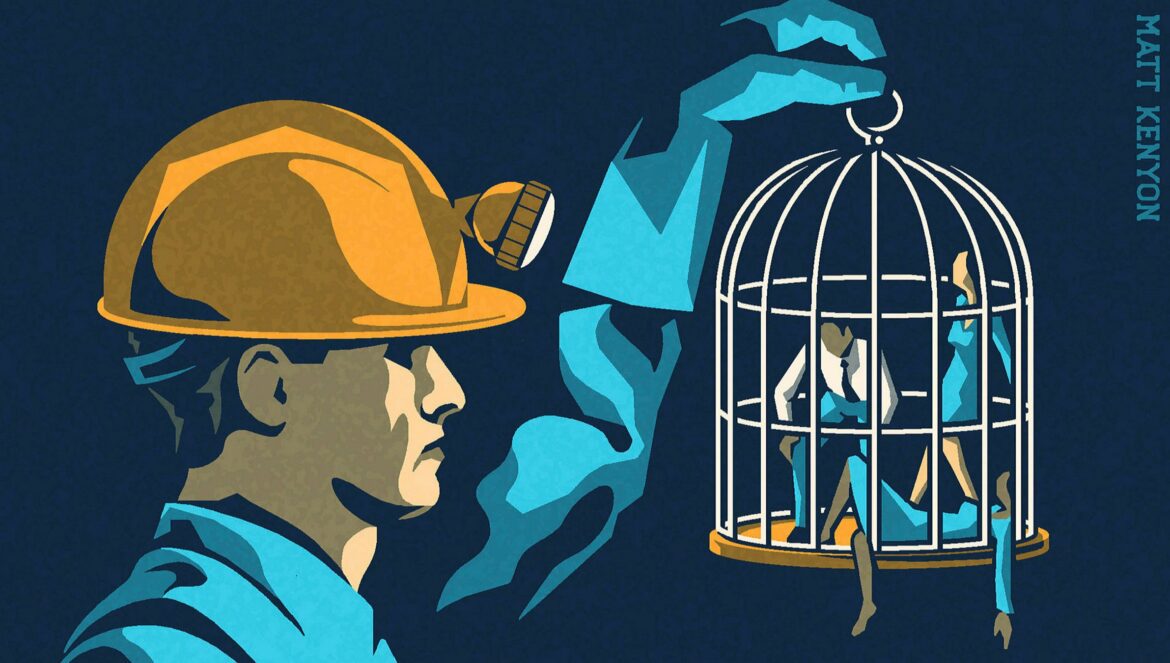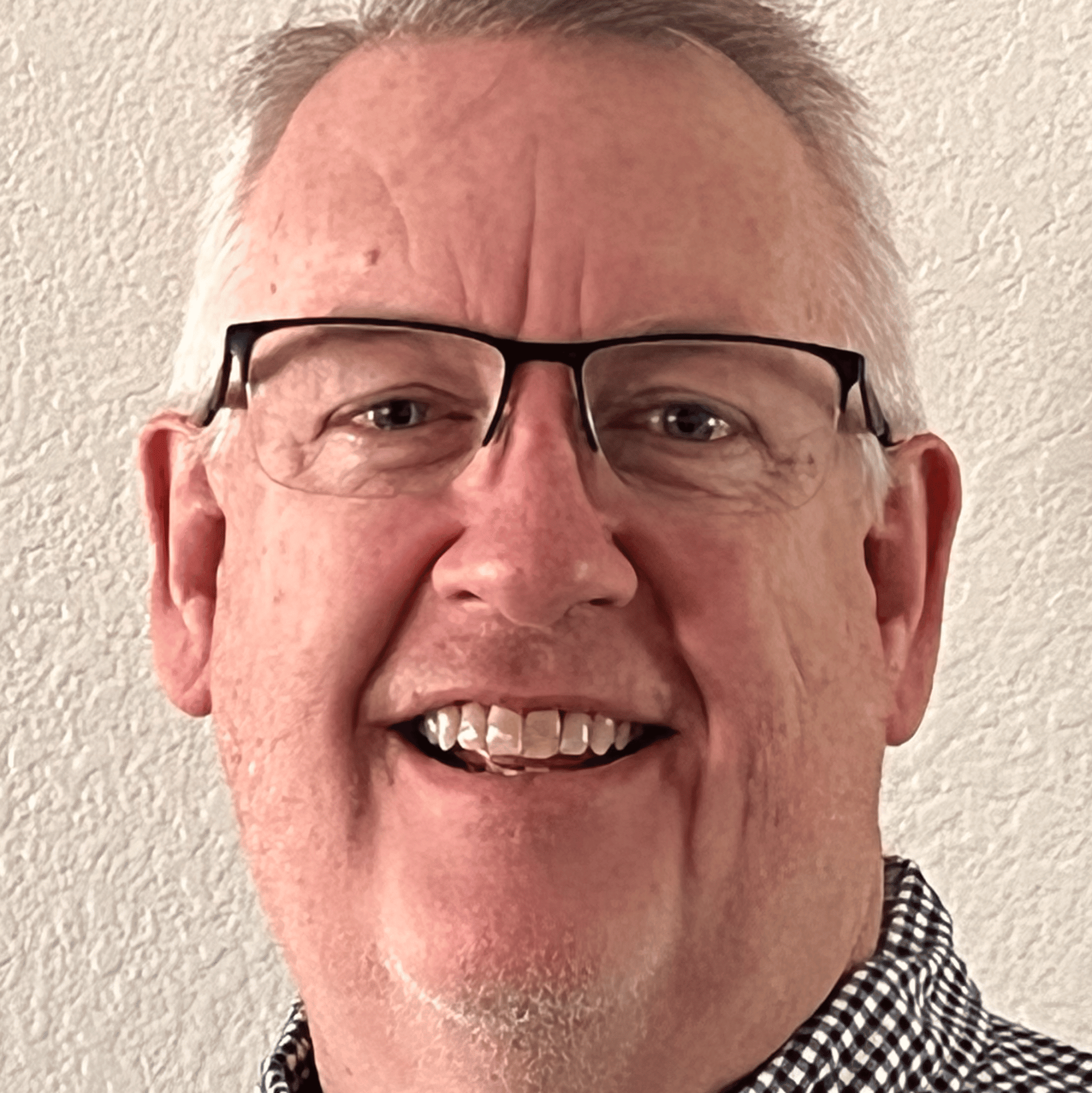Table of Contents
Welcome to our new column on adult social-emotional learning! Over the next 12 months, we’ll focus on how school leaders can embrace adult SEL to reduce educator turnover and attrition. Based on the research we did to write The Daily SEL Leaders: A Guided Journal and our work supporting leaders across the country to develop their SEL skills, we hope to bring a new perspective on the growing crisis of educator attrition and teacher SEL.
Let’s begin by analyzing the attrition at your school. Think about how many educators at your school leave at the end of the year, never to return. Now, how many educators want some guidance? Unfortunately, thousands of educators are quietly deciding if they stay in education next year or look for something less stressful and fulfilling- yours included.
In many parts of the country, the attrition problem is reaching crisis levels, with the demand for teachers far outstripping the supply. For example, many districts hire teachers with substandard credentials and permits in high-needs areas, relying on underprepared teachers to serve some of our most at-risk children.
The Cost of Teacher Burnout
The need to hire non-certified teachers results from a low supply of teachers and an overstressed and overworked teaching force. For instance, a study done in the spring of 2021 (CDC Foundation, 2021) found that 27% of teachers self-reported symptoms consistent with clinical depression, and 37% self-reported symptoms consistent with generalized anxiety. As we all know, without quality teachers in the classroom or quality leaders working to improve our schools and districts, the quality of education will continue to deteriorate, with especially severe consequences for high-poverty students of color.
The canary in our educational coal mine has been quite clear about our educational affairs. However, as well-intentioned people, including school leaders, think about potential solutions to the attrition problem, might we be focusing too much on the canary and not enough on the coal mine?
Teacher SEL-Who To Blame? The Canary or the Coal Mine
You have heard the analogy of the canary and the coal mine before. If not, miners used to take a canary down into the mines in the early days of mining to check air quality. If the canary died, the air was unsafe, and actions were taken to fix the air so that workers wouldn’t die.
The canary wasn’t blamed or threatened, or incentivized to do better. Nor did they try and evaluate the canary or build a more robust and resilient canary or buy the canary a gym membership so they would breathe better. None of these after-the-fact solutions were tried. If the canary died, the work was stopped until the environment was fixed. The environment or work conditions were blamed, not the canary.
What’s most interesting about this early method of gauging air quality is that it serves as an interesting analogy not only for stress and burnout but for educator retention and attrition. Every day our educators- the canaries- go to work facing not bad air quality but workplace demands such as large class sizes, disruptive students, massive changes in technology, and limited amounts of time that can lead to excess stress, burnout, and eventual attrition.
What is Holding Back Teacher Success
To extend the metaphor, we tend to place almost all the blame on the educator/canary in schools. In the US today, we believe if we build a stronger, more resilient educator/canary, we never have to worry about or question the coal mine/work environment, nor do we have to worry about the messy issues implicit in developing adults’ social and emotional skills.
We should, of course, continue to strengthen our educators. Higher salaries, increased health benefits, and supporting educators’ capacity to be resilient despite their challenging work are all excellent ideas, and they are all, however, only canary/teacher-centric solutions.
In our analysis, however, the mine/work environment should attract more of our attention. Even if you were offered a huge salary to teach but knew the coal mine was poisonous, you likely wouldn’t accept the job. The safety of the coal mine matters, and it matters a lot. The same thing holds, or at least should, for schools.
Demands Versus Resources in Teacher SEL
So, how might making schools emotionally safer and more productive places to work? Firstly, we must stop blaming the canary and focus more on the coal mine. Second, one usable framework to better understand the impact working in schools has on educators is the Job-demands and resources theory (JD-R).
The JD-R theory offers a lens through which to view educator dissatisfaction and well-being. The central idea in this theory is that energy is necessary to do productive work, and workers require balance so as not to run out of energy, similar to the canary not running out of air to breathe.
The Drain on Teachers
Attempting to meet job demands request of physical and/or mental effort. Too many demands drain educators’ energy, and ongoing, high demands deplete a teacher’s physical and psychological energy. Over time, this sustained energy loss can lead to higher levels of emotional exhaustion, greater stress, lower organizational commitment, lower engagement, and a higher motivation to leave the school or profession (Granziera et al., 2021).
In contrast, job resources allow educators to work productively by meeting their work’s physical and psychological costs. They provide oxygen to the canary. Job resources may include tangible items like people, money, or materials. Still, they also include personal resources such as social and emotional competencies and social support within a school or workplace. This is where adult SEL competencies and skills come into play.
Establishing Great Teacher SEL Practices
When all educators in the building develop their self-awareness, self-management, social awareness, and relationship skills, positive cycles will ensure that they become reinforcing and supportive over time, lessening the impact of the demands.
In sum, we have the knowledge and the science to make the coal mine safer for the canary. But if we continue to blame the canary, we will soon run out of canaries. It may be time to better understand the coal mine instead. We will focus on bringing you adult SEL ideas and skills to make the coal mine safe.
Stay Connected With Teacher SEL on edCircuit.

